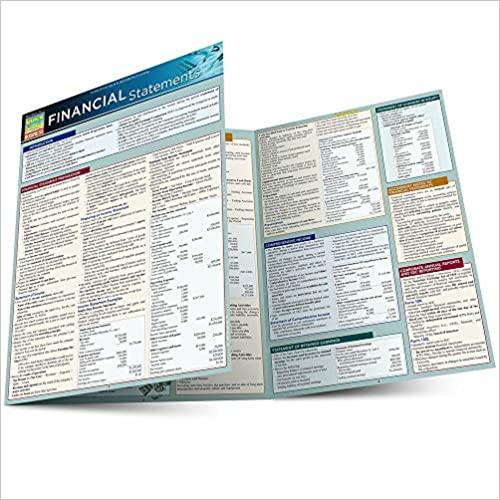Question
As tuition fees have risen, more students have relied on student loans to help finance their post-secondary education. According to the latest data from Statistics
As tuition fees have risen, more students have relied on student loans to help finance their post-secondary education. According to the latest data from Statistics Canada, the majority of Canadian students expect to graduate with debt. And although those graduating in 2005 had an average debt load of 18,800, fortunately, similar studies have shown that post-secondary graduates have fared better in the labor market than those with less education.
With the cost of an undergraduate degree estimated at $60,000, its essential that parents start to save for their childrens education when their kids are young.
Registered Education Savings Plans (RESPs) allow for tax-sheltered growth and, through the Canada Education Savings Grant, the federal government contributes up to $7,200 over the life of the plan, depending on your family income. RESPs can be used for tuition at universities, colleges, and trade & technical schools. The original capital can be withdrawn tax-free at any time, but the investment income and the grant are taxable at the beneficiarys (students) rate of income tax, when withdrawn.
Contributing $100 a month to an RESP can grow to more than $30,000 by the end of 15 years (assuming a 7% annual rate of return).
But if parents havent saved enough, there are other options to help. The federal government offers financial need, Students have a six-month grace period after they finish school before they must start to pay back the loan, although interest does start accumulating during this time, Alternatively, a student line of credit offers funds at ta lower interest rate than a credit card, generally prime plus 1% to 3%. Payments must be made while the student is still in school, but can be spread over many years, and students generally require a cosigner (a parent or guardian).
The bottom line is that the RESP is likely the best means of accumulating money for postsecondary education, if the contribution is at least $2000 a year per child.
- Assume that $1000 was contributed at the beginning of the year into an RESP plan for 10 years.
- If the rate of interest was 4% per annum compounded annually for the first 5 years, and 5.2% compounded quarterly for the last 5 years, calculate the amount of the plan.
a) P= $1000 + $1 x (1000/5) = $ 1200
R= 4% , n = 1 (compounded annually) T = 5 years
A = P(1 + r/n)nt
A = 1200(1 + 4/1)1*5
A = $ 1,459.98
New P = $ 1,459.98 , R= 5.2% , n = 4 (compounded quaterly) T = 5 years
A = P(1 + r/n)nt
A = 1,459.98(1 + 5.2/4)4*5
A = $ 1,890.32
answer b plz
b.If the student uses this amount for a four-year degree, calculate the yearly value that can be used by the student at the rate of 5.2% compounded quarterly.
Step by Step Solution
There are 3 Steps involved in it
Step: 1

Get Instant Access to Expert-Tailored Solutions
See step-by-step solutions with expert insights and AI powered tools for academic success
Step: 2

Step: 3

Ace Your Homework with AI
Get the answers you need in no time with our AI-driven, step-by-step assistance
Get Started


